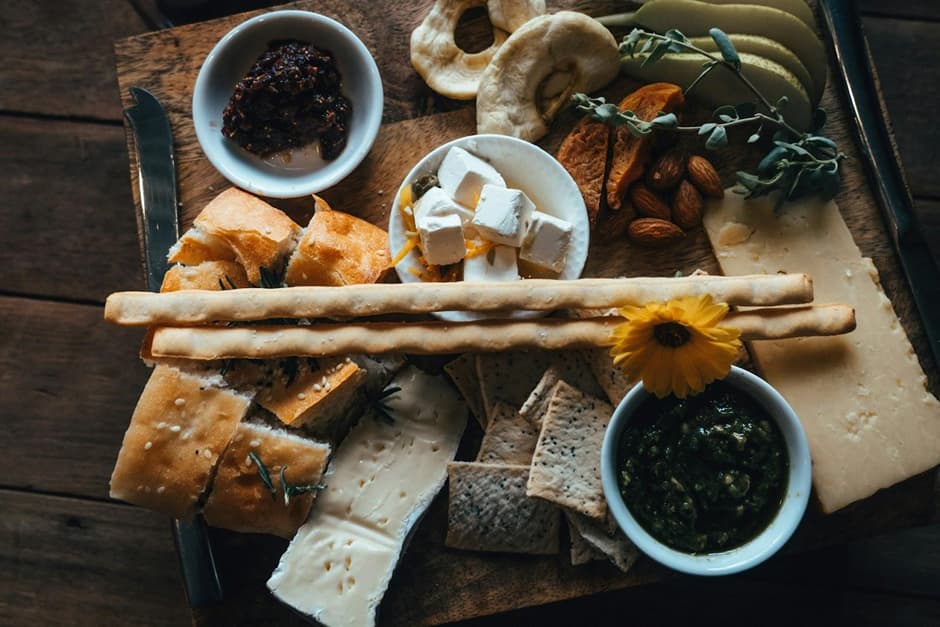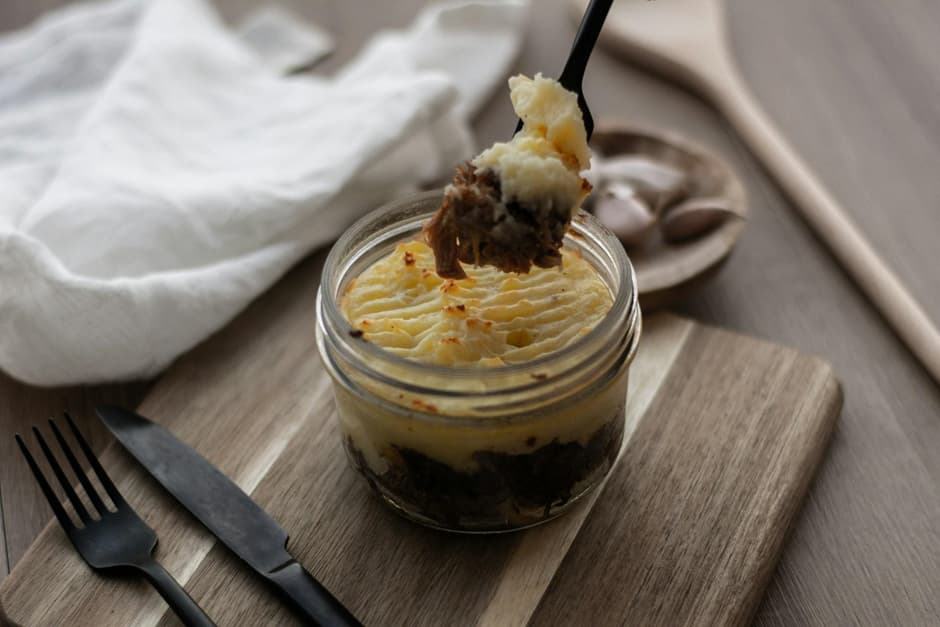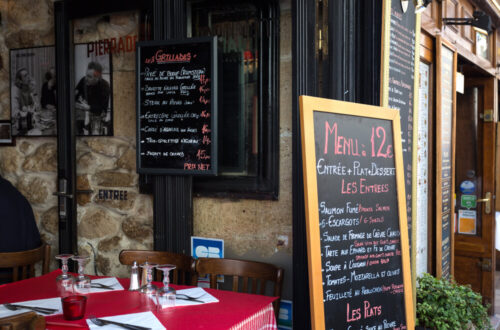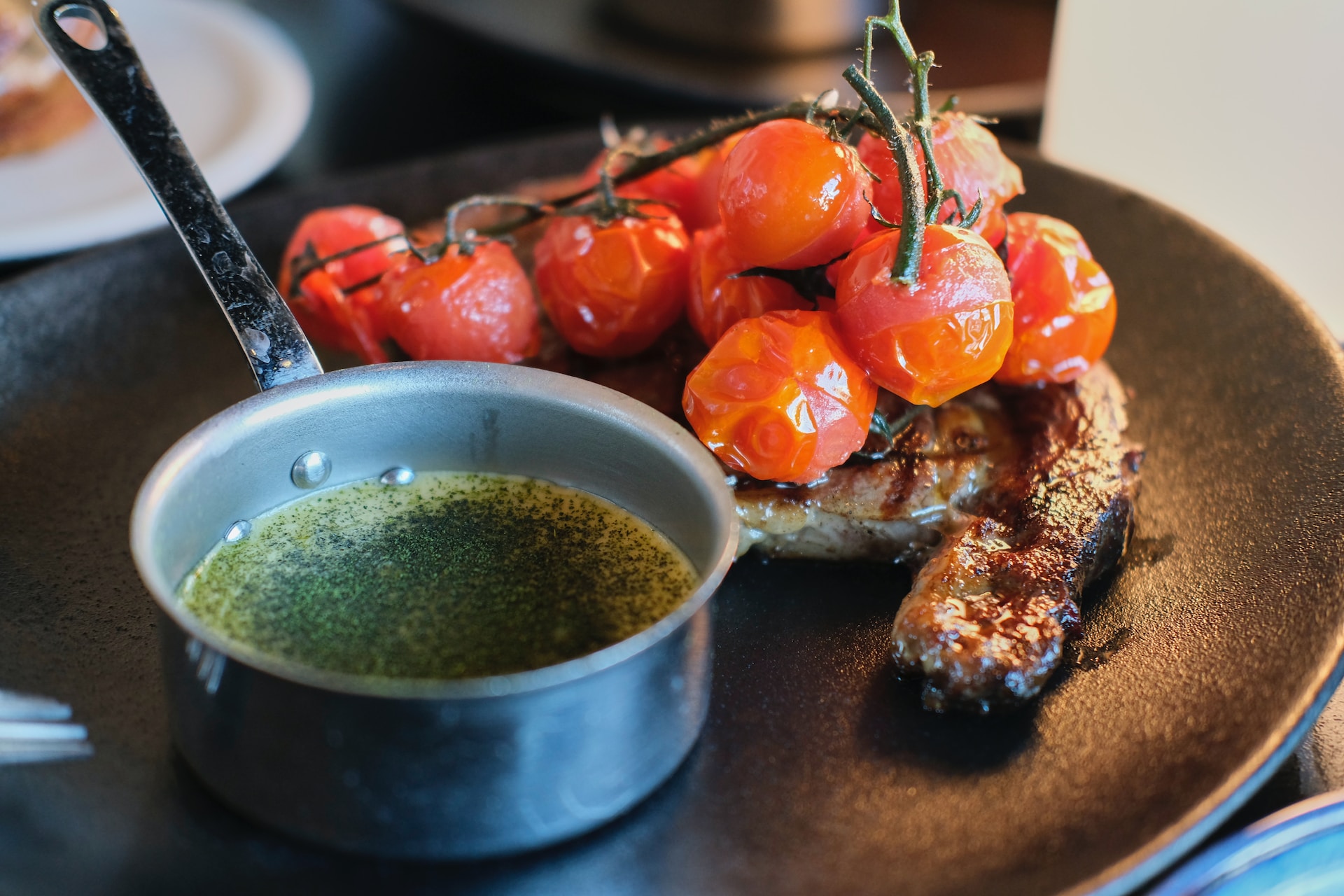
A Culinary Journey: The Rich History and Evolution of French Cuisine
French cuisine, renowned globally for its elegance and complexity, has evolved significantly over the centuries. From its humble beginnings to becoming a benchmark of culinary excellence, the history of French cuisine is a fascinating journey through time, reflecting the country’s rich cultural and social changes.
Origins and Medieval Influence
The roots of French cuisine can be traced back to medieval times when meals were heavily influenced by the abundance of local ingredients and the culinary traditions of neighboring countries. During this period, French cooking was characterized by its hearty and rustic nature, with an emphasis on meats, game, and bread as staples.
Medieval Feasts and Culinary Practices
In the Middle Ages, the French nobility held grand feasts that showcased their wealth and power. These feasts were lavish affairs with multiple courses, including roasts, pies, and elaborate sweet dishes. Spices such as cinnamon, cloves, and nutmeg were used generously, reflecting the influence of trade routes that brought exotic ingredients to Europe.
The invention of the “potager” (kitchen garden) during this time also played a crucial role in the development of French cuisine. These gardens provided a variety of fresh herbs and vegetables that began to be incorporated into daily cooking, laying the foundation for the emphasis on fresh, local produce that is still a hallmark of French cuisine today.
The Renaissance and Culinary Refinement
The Renaissance era marked a significant turning point in French culinary history. With the influx of new ingredients and culinary techniques from Italy, French cooking began to adopt a more refined and sophisticated approach. This period saw the introduction of sauces, the use of butter, and a greater focus on presentation.
Influence of Italian Cuisine
Catherine de’ Medici, an Italian noblewoman who married King Henry II of France, is often credited with introducing Italian culinary practices to France. She brought with her a team of Italian chefs who introduced new cooking techniques, such as the use of forks, and ingredients like artichokes, tomatoes, and truffles.
Birth of Haute Cuisine
The 17th century witnessed the emergence of “haute cuisine” (high cuisine), a style of cooking that emphasized elaborate preparations and elegant presentations. François Pierre La Varenne, a pioneering French chef, published “Le Cuisinier François” in 1651, a seminal cookbook that laid the foundations for modern French cuisine. This book introduced the concept of “ragout” (a slow-cooked stew) and “fonds de cuisine” (basic stocks), which are still fundamental in French cooking today.
The Age of Enlightenment and Culinary Evolution
The 18th century, known as the Age of Enlightenment, brought about further evolution in French cuisine. This period was marked by the establishment of restaurants in Paris, providing the public with access to professionally prepared meals for the first time.
The Rise of Restaurants
The first restaurant in Paris, “Le Champ d’Oiseau,” opened in 1765, offering a menu of “restoratives” (soups and broths) to customers. This innovation laid the groundwork for the modern restaurant industry. By the late 18th century, numerous restaurants had opened in Paris, each offering a unique menu and dining experience.
Influence of Culinary Icons
Marie-Antoine Carême, known as the “King of Chefs and Chef of Kings,” was a pivotal figure in the evolution of French cuisine during this period. He is credited with systematizing French cooking, classifying sauces, and creating the standard chef’s hat (toque). Carême’s approach to cooking was highly artistic, emphasizing elaborate presentations and the architectural arrangement of dishes.
Modern French Cuisine and Global Influence

The 20th century saw French cuisine continue to evolve and influence global culinary practices. The advent of nouvelle cuisine in the 1960s revolutionized French cooking by focusing on lighter, more delicate dishes and the importance of fresh ingredients.
Nouvelle Cuisine
Nouvelle cuisine emerged as a reaction to the heavy, rich dishes of classical French cooking. Chefs like Paul Bocuse and Michel Guérard championed this new approach, which emphasized simplicity, shorter cooking times, and artistic presentation. This movement also promoted the use of regional and seasonal ingredients, aligning with the growing interest in sustainable and organic food practices.
Global Impact
Today, French cuisine remains a global culinary benchmark, influencing chefs and food enthusiasts worldwide. The techniques and principles developed over centuries continue to shape modern culinary practices, from fine dining establishments to home kitchens. The French commitment to quality, tradition, and innovation ensures that their cuisine will remain at the forefront of the culinary world for generations to come.
Conclusion
The history and evolution of French cuisine is a testament to the country’s rich cultural heritage and its enduring influence on the global culinary scene. From medieval feasts to modern haute cuisine, French cooking has continually adapted and innovated, setting standards of excellence and creativity that are revered worldwide.



